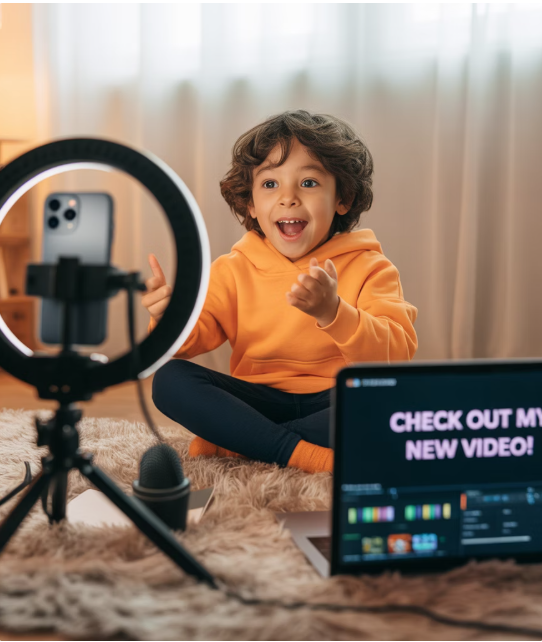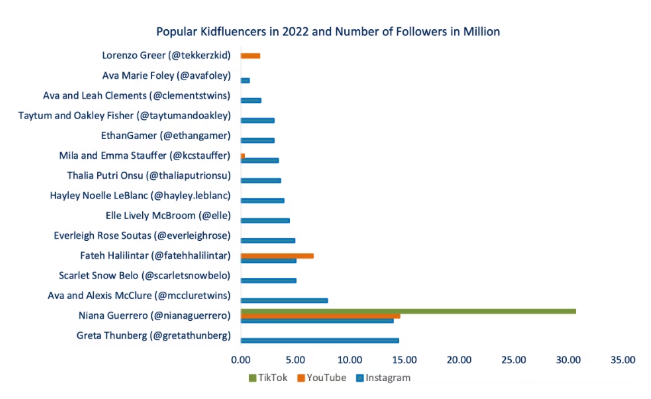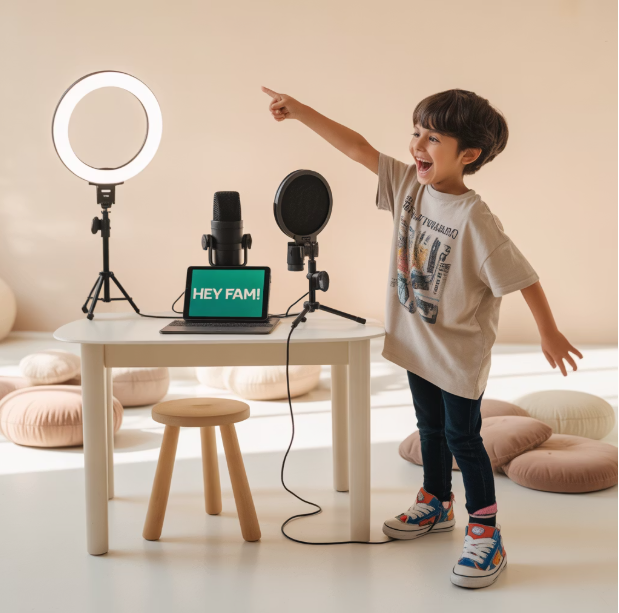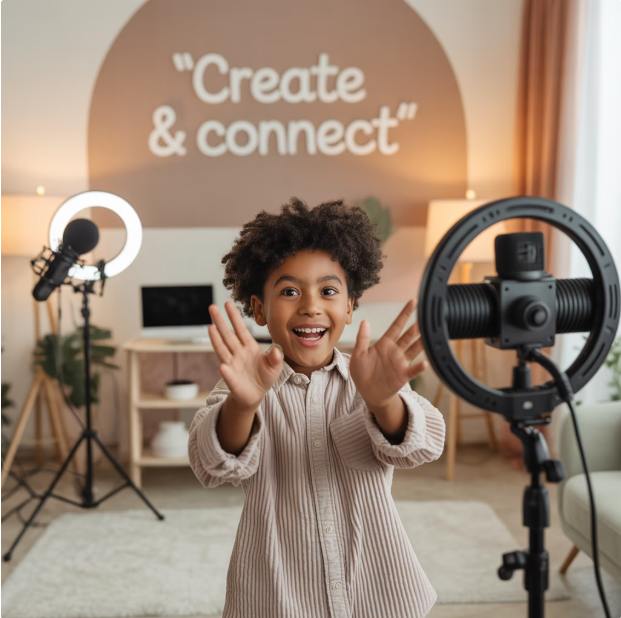Kidfluencers are children who’ve gained significant online followings by creating content on platforms like YouTube, TikTok, and Instagram. While these pint-sized personalities light up screens worldwide, the real producers are usually the parents, handling filming, editing, and brand deals.

The term “kidfluencer” combines “kid” and “influencer,” reflecting a growing trend where children become miniature celebrities online. These kids attract millions of young viewers—and brands eager to reach them. While content appears spontaneous, it’s typically planned and managed by parents.


Parents share cute photos or videos that unexpectedly go viral, building a following.
Encouraged by attention and freebies, parents create dedicated accounts for their children.
Some kidfluencers earn significant income—up to $20,000 per sponsored post with over a million followers.

Establish clear screen time limits and ensure content is age-appropriate. Regularly review channels and have open conversations.
Teach children to spot suspicious behavior, understand privacy, and develop critical thinking skills for social media.
Use apps that has blocking, safe browsing, location tracking, and activity monitoring to protect children online.

© 2025 Learning KidsnClicks All rights Reserved.